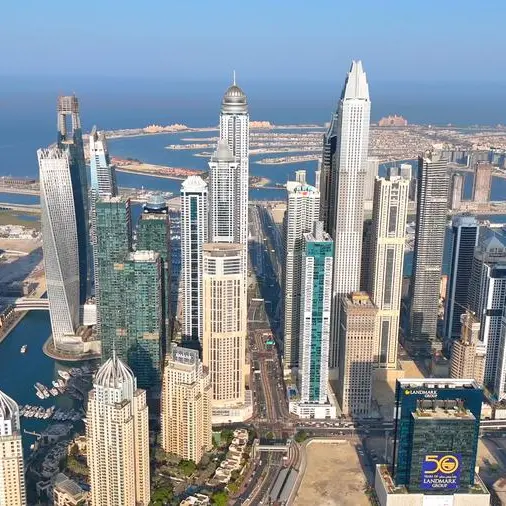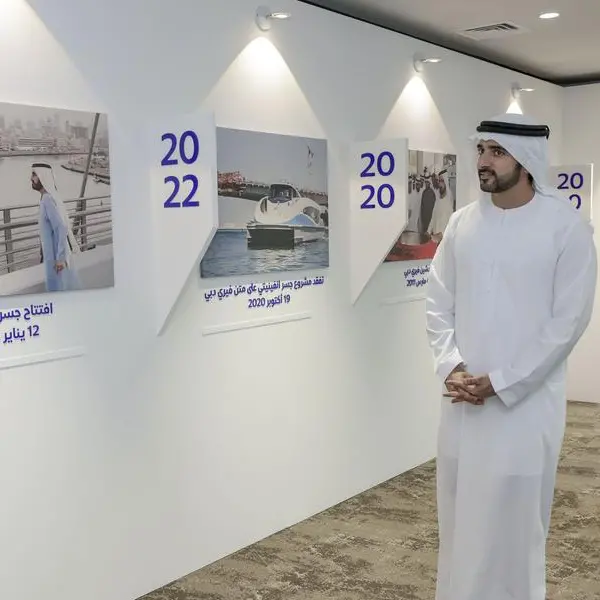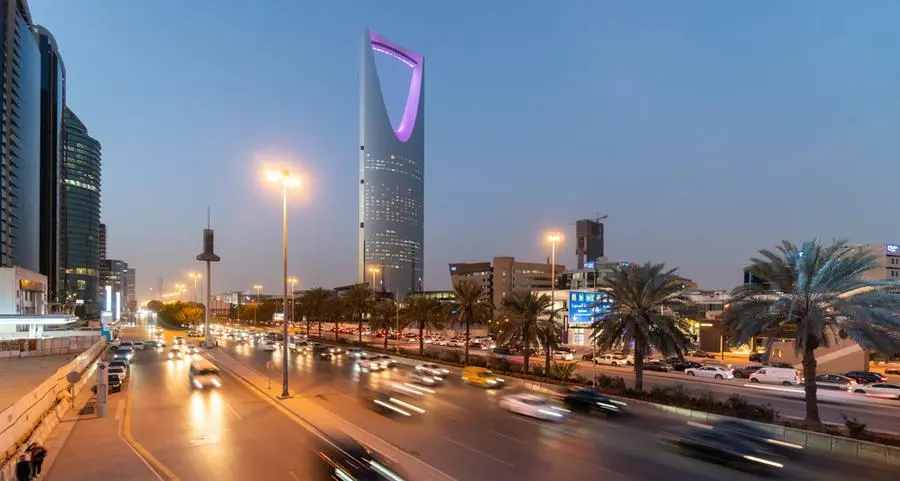PHOTO
When it comes to decarbonising building construction projects, early-stage planning is crucial as most decisions influencing greenhouse gas emissions (GHG) through the project's lifecycle are finalised even before the construction process commences.
"As soon as a project is conceived, carbon reduction should be at the forefront driving the pre-planning activities," emphasised Yash Pratap Singh, Partner in Business Consulting and Transformation at KPMG.
He observed that property developers and builders have the full opportunity to influence their building's lifetime emissions during the conceptualisation and planning phase. This includes reassessing project necessity, exploring alternative approaches, and creating a comprehensive decarbonisation strategy. However, this influence diminishes by 50-80 per cent during design and engineering and 20 per cent by the construction phase.
Anish De, Global Head of Energy and Natural Resources at KPMG in India, highlighted that there is a misconception in the industry that achieving decarbonisation demands substantial investments.
"Substantial upfront planning is the key to decarbonisation. When we compare retrofit against new building construction, the former typically commands around 50 percent additional potential for carbon reduction due to savings in cement and steel consumption," he said.
Early planning is essential to achieving decarbonisation in a cost-effective manner, according to Benjamin Deschietere, Managing Director and Partner at Boston Consulting Group (BCG).
He referenced a study that showed that developers could reduce 37 per cent of lifecycle carbon emissions with actual cost savings over a 50-year cycle by employing technologies and efficient design principles. Furthermore, up to 50 percent of a project's lifecycle emissions can be mitigated at minimal or no cost to the developer.
Retrofitting buildings
Experts also advocate for retrofitting existing structures, considering the long lifespan of assets – 30 to 130 years – and the existence of 80 percent of the projected building stock for 2050.
Lindsey Malcolm, Associate Director and Sustainability Lead at Turner & Townsend emphasised the importance of a holistic assessment, considering carbon, cost, time, and quality."We have worked with a number of institutional clients in other regions to quantify relative opportunities and demonstrate the business case for refurbishment and retrofit of assets to be stronger in both carbon and cost terms," he said.
Emissions associated with new construction are significantly higher than those associated with retrofit, he noted.
Malcolm pointed out that the region's largest and most under-addressed opportunity area is related to the existing building stock.
"We need to review the need to build new as standard practice and demonstrate more clearly the sustainability and value arguments in support of regeneration over demolition and new construction," he explained.
Edoardo Geraci, Principal at BCG, highlighted significant abatement potential in both new building construction and retrofits, citing BCG's study that incorporating sustainability best practices can lead to the abatement of around 50-70 percent of emissions in large-scale projects.
"Building operations and manufacturing of construction materials offer significant opportunities for emissions reduction, accounting for approximately 90 percent of lifetime emissions," he said.
To conclude, early-stage planning plays a critical role in achieving the decarbonisation of building projects while providing developers and builders the best opportunity to influence the project's lifetime emissions.
The focus on existing building stock as a critical opportunity for decarbonisation and the potential for substantial emissions reduction in both new construction and retrofits further accentuate the importance of sustainability practices in the construction industry.
(Reporting by Syed Ameen Kader; Editing by Anoop Menon)
(anoop.menon@lseg.com)
Subscribe to our Projects' PULSE newsletter that brings you trustworthy news, updates and insights on project activities, developments, and partnerships across sectors in the Middle East and Africa.












